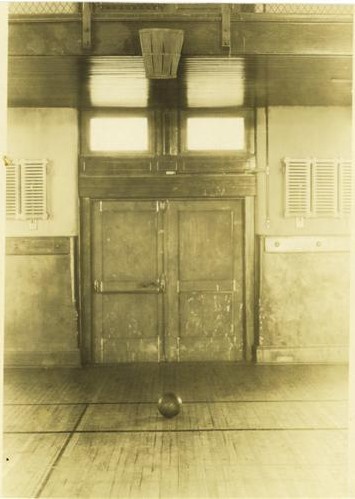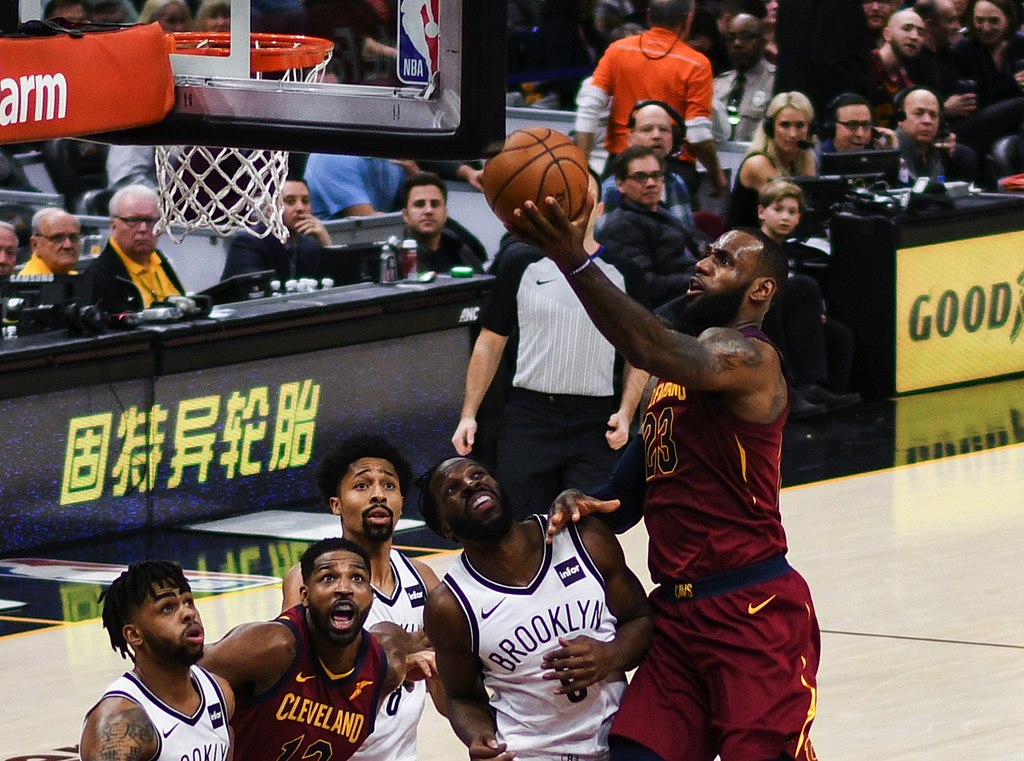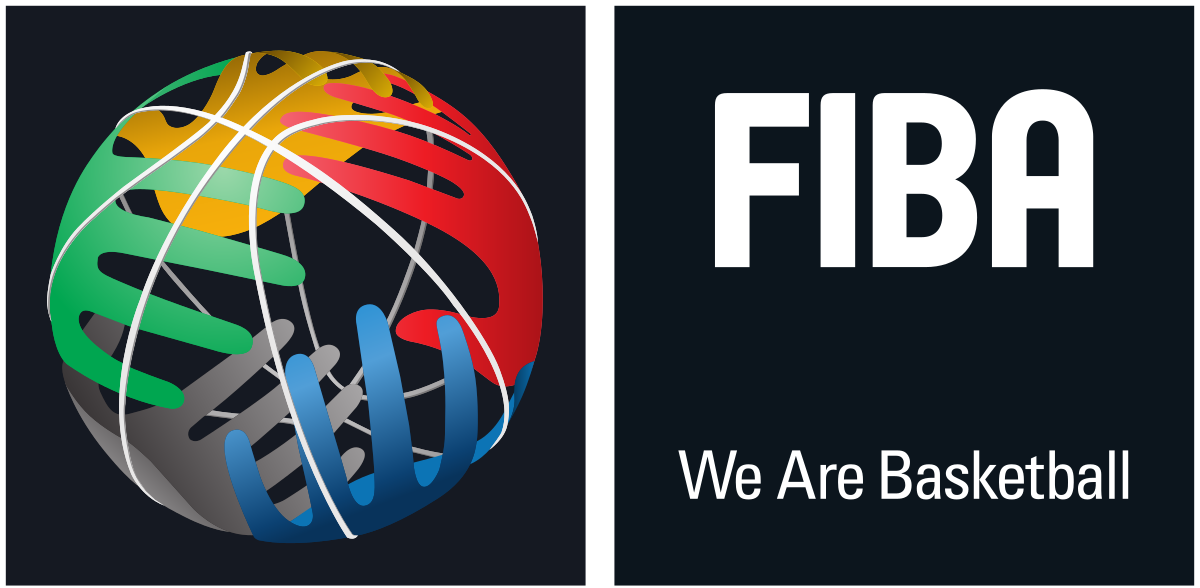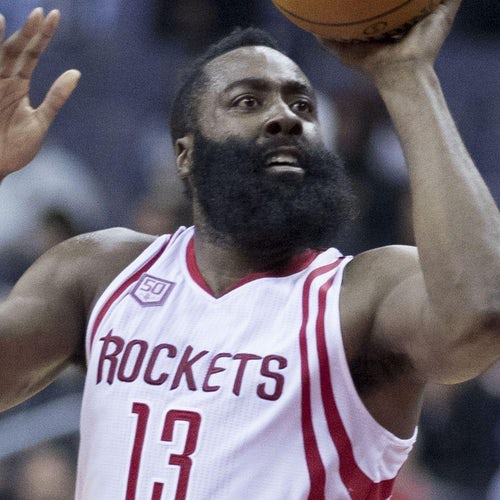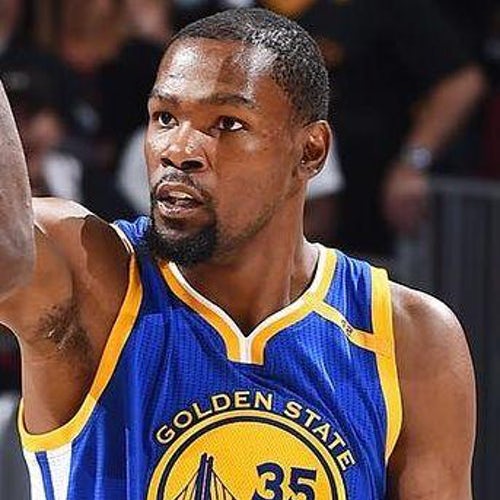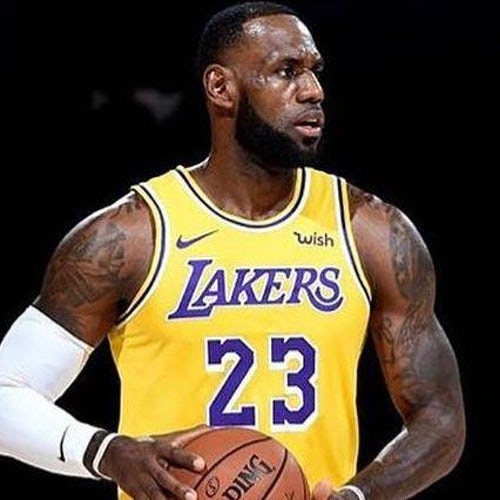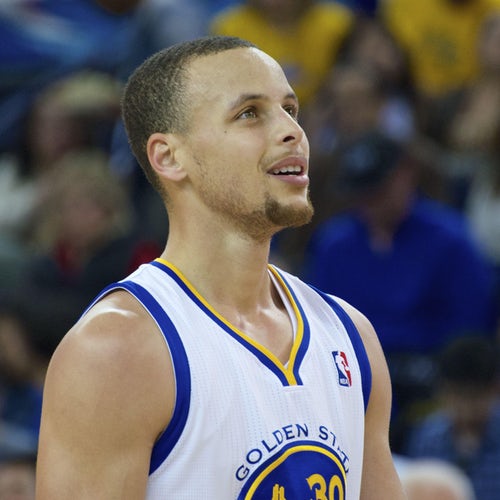The only essential equipment in a basketball game is the ball and the court: a flat, rectangular surface with baskets at opposite ends. Competitive levels require the use of more equipment such as clocks, score sheets, scoreboard(s), alternating possession arrows, and whistle-operated stop-clock systems.
A regulation basketball court in international games is 91.9 feet (28.0 meters) long and 49.2 feet (15 meters) wide. In the NBA and NCAA court is 94 by 50 feet (29 by 15 meters). Most courts have wood flooring, usually constructed from maple planks running in the same direction as the longer court dimension. The name and logo of the home team are usually painted on or around the center circle.
The basket is a steel rim 18 inches (46 cm) diameter with an attached net affixed to a backboard that measures 6 by 3.5 feet (1.8 by 1.1 meters) and one basket is at each end of the court. The white outlined box on the backboard is 18 inches (46 cm) high and 2 feet (61 cm) wide. At almost all levels of competition, the top of the rim is exactly 10 feet (3.05 meters) above the court and 4 feet (1.22 meters) inside the baseline. While variation is possible in the dimensions of the court and backboard, it is considered important for the basket to be of the correct height – a rim that is off by just a few inches can have an adverse effect on shooting.

The size of a basketball is also regulated. For men, the official ball is 29.5 inches (75 cm) in circumference (size 7, or a “295 ball”) and weighs 22 oz (623.69 grams). If women are playing, the official basketball size is 28.5 inches (72 cm) in circumference (size 6, or a “285 ball”) with a weight of 20 oz (567 grams). In 3×3, a formalized version of the halfcourt 3-on-3 game, a dedicated ball with the circumference of a size 6 ball but the weight of a size 7 ball is used in all competitions (men’s, women’s, and mixed teams).
Violations
The ball may be advanced toward the basket by being shot, passed between players, thrown, tapped, rolled or dribbled (bouncing the ball while running).
The ball must stay within the court; the last team to touch the ball before it travels out of bounds forfeits possession. The ball is out of bounds if it touches a boundary line, or touches any player or object that is out of bounds.
There are limits placed on the steps a player may take without dribbling, which commonly results in an infraction known as traveling. Nor may a player stop his dribble and then resume dribbling. A dribble that touches both hands is considered stopping the dribble, giving this infraction the name double dribble. Within a dribble, the player cannot carry the ball by placing his hand on the bottom of the ball; doing so is known as carrying the ball. A team, once having established ball control in the front half of their court, may not return the ball to the backcourt and be the first to touch it. A violation of these rules results in loss of possession.
The ball may not be kicked, nor be struck with the fist. For the offense, a violation of these rules results in loss of possession; for the defense, most leagues reset the shot clock and the offensive team is given possession of the ball out of bounds.
There are limits imposed on the time taken before progressing the ball past halfway (8 seconds in FIBA and the NBA; 10 seconds in NCAA and high school for both sexes), before attempting a shot (24 seconds in FIBA, the NBA, and U Sports (Canadian universities) play for both sexes, and 30 seconds in NCAA play for both sexes), holding the ball while closely guarded (5 seconds), and remaining in the restricted area known as the free-throw lane, (or the “key“) (3 seconds). These rules are designed to promote more offense.

Basket interference or goaltending is a violation charged when a player illegally interferes with a shot. This violation is incurred when a player touches the ball on its downward trajectory to the basket, unless it is obvious that the ball has no chance of entering the basket, if a player touches the ball while it is in the rim, or in the area extended upwards from the basket, or if a player reaches through the basket to interfere with the shot. When a defensive player is charged with goaltending, the basket is awarded. If an offensive player commits the infraction, the basket is canceled. In either case possession of the ball is turned over to the defensive team.
Fouls
An attempt to unfairly disadvantage an opponent through certain types of physical contact is illegal and is called a personal foul. These are most commonly committed by defensive players; however, they can be committed by offensive players as well. Players who are fouled either receive the ball to pass inbounds again, or receive one or more free throws if they are fouled in the act of shooting, depending on whether the shot was successful. One point is awarded for making a free throw, which is attempted from a line 15 feet (4.6 m) from the basket.
The referee is responsible for judging whether contact is illegal, sometimes resulting in controversy. The calling of fouls can vary between games, leagues and referees.
There is a second category of fouls called technical fouls, which may be charged for various rules violations including failure to properly record a player in the scorebook, or for unsportsmanlike conduct. These infractions result in one or two free throws, which may be taken by any of the five players on the court at the time. Repeated incidents can result in disqualification. A blatant foul involving physical contact that is either excessive or unnecessary is called an intentional foul (flagrant foul in the NBA). In FIBA and NCAA women’s basketball, a foul resulting in ejection is called a disqualifying foul, while in leagues other than the NBA, such a foul is referred to as flagrant.
If a team exceeds a certain limit of team fouls in a given period (quarter or half) – four for NBA, NCAA women’s, and international games – the opposing team is awarded one or two free throws on all subsequent non-shooting fouls for that period, the number depending on the league. In the US college men’s game and high school games for both sexes, if a team reaches 7 fouls in a half, the opposing team is awarded one free throw, along with a second shot if the first is made. This is called shooting “one-and-one”. If a team exceeds 10 fouls in the half, the opposing team is awarded two free throws on all subsequent fouls for the half.
When a team shoots foul shots, the opponents may not interfere with the shooter, nor may they try to regain possession until the last or potentially last free throw is in the air.
After a team has committed a specified number of fouls, the other team is said to be “in the bonus”. On scoreboards, this is usually signified with an indicator light reading “Bonus” or “Penalty” with an illuminated directional arrow or dot indicating that team is to receive free throws when fouled by the opposing team. (Some scoreboards also indicate the number of fouls committed.)
If a team misses the first shot of a two-shot situation, the opposing team must wait for the completion of the second shot before attempting to reclaim possession of the ball and continuing play.
If a player is fouled while attempting a shot and the shot is unsuccessful, the player is awarded a number of free throws equal to the value of the attempted shot. A player fouled while attempting a regular two-point shot thus receives two shots, and a player fouled while attempting a three-point shot receives three shots.

If a player is fouled while attempting a shot and the shot is successful, typically the player will be awarded one additional free throw for one point. In combination with a regular shot, this is called a “three-point play” or “four-point play” (or more colloquially, an “and one”) because of the basket made at the time of the foul (2 or 3 points) and the additional free throw (1 point).

